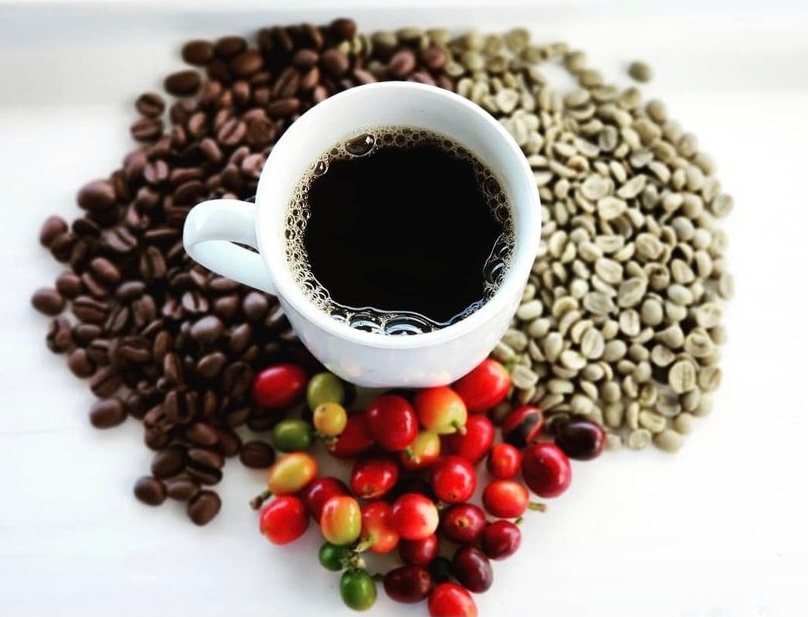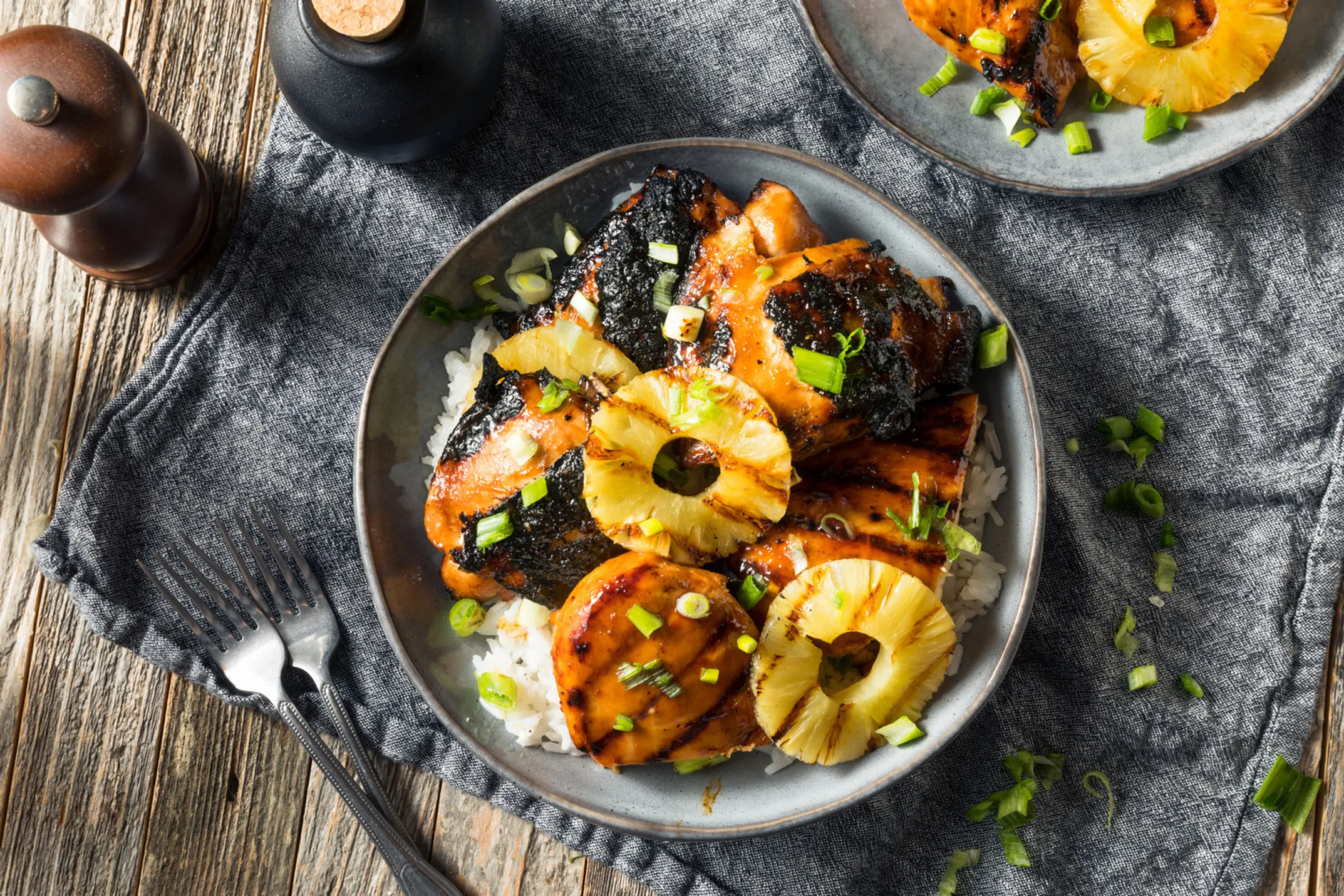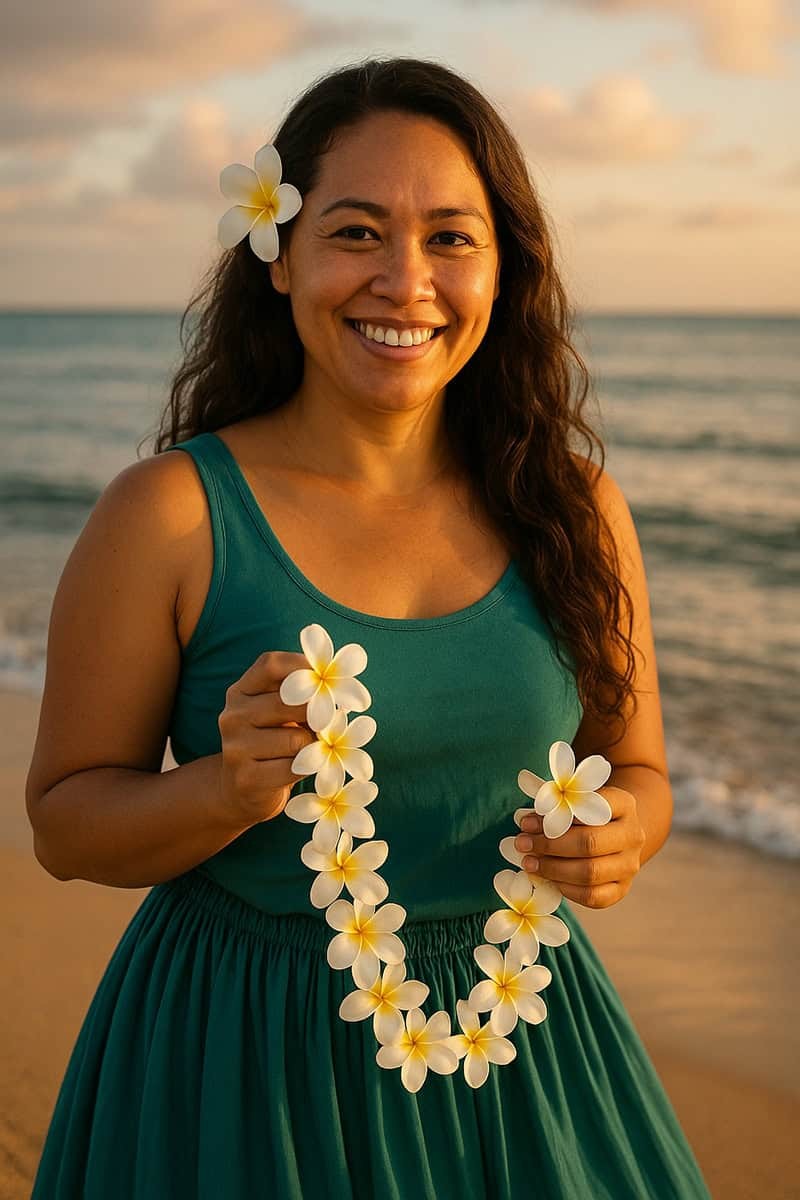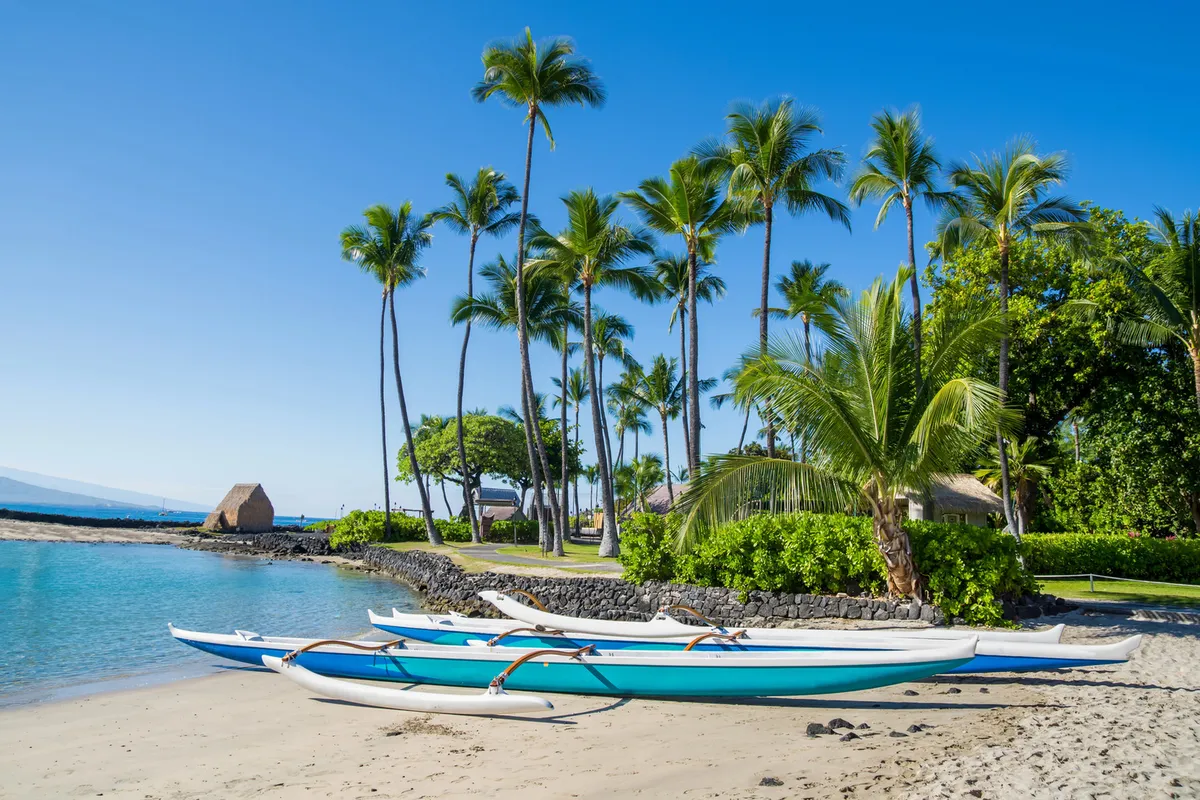
“Brew Your Best Cup”- Coffee Brewing Workshop
Heavenly Hawaiian Coffee Farm • Farm • Holualoa, Island of Hawaii • Hawaii

From Canoe Plants to Sacred Traditions
The Polynesian roots that shaped Hawaiian cuisine for over 1,000 years

Written by a Local Cultural Expert
Leilani AkoLong before farm-to-table became trendy, ancient Hawaiians perfected it. They had no choice. The nearest mainland was 2,400 miles away.
The first Polynesian voyagers who crossed the Pacific in double-hulled canoes brought with them what we now call "canoe plants." These weren't random choices. Every plant served a purpose. Kalo (taro), 'uala (sweet potatoes), 'ulu (breadfruit), niu (coconut), and kō (sugarcane) became the foundation of Hawaiian life.

Traditional outrigger canoes like these carried Polynesian voyagers and their precious "canoe plants" across thousands of miles of Pacific Ocean
These early Hawaiians didn't just grow food. They created a system called ahupua'a. Picture a slice of pie running from the mountains to the sea. Each ahupua'a contained everything a community needed—forests, farmland, fishing grounds. Nothing was wasted. Everything was shared.
The 'Aha Moku councils managed these lands with a simple philosophy: mālama 'āina. Care for the land, and it will care for you. This wasn't just environmental wisdom. It was survival.
Of all the canoe plants, kalo holds the deepest meaning. In our creation story, the sky father Wākea and earth mother Papa had a stillborn child named Hāloa. They buried him, and from that spot grew the first kalo plant. Their second son, also named Hāloa, became the ancestor of all humanity. This makes kalo our elder brother. It feeds us. We protect it. That's family.
The main cooking method was the imu—an underground earth oven. Hot volcanic rocks would steam and roast food wrapped in banana or ti leaves. This process, called kālua, gives that signature smoky flavor we still love today. Most famously in kālua pig.
Other preparations included pounding cooked kalo into poi and seasoning with pa'akai (sea salt), limu (seaweed), and inamona—a rich paste made from roasted kukui nuts. Simple ingredients. Complex flavors. Respect for the 'āina.
Underground steaming with hot rocks
Pounding cooked kalo with wooden tools
Fresh fish with salt and seaweed
The ancient Hawaiians were master fishermen too. They understood ocean cycles, moon phases, and fish behavior. They built fishponds along the coast—sophisticated aquaculture systems that trapped fish during high tide. Some of these stone structures still exist today. On Moloka'i, you can see the ruins of what once was the largest fishpond in Polynesia.
They practiced aquaculture in freshwater too. Streams were diverted to create ponds for raising fish and watercress. The water then flowed to kalo fields below. Everything connected. Nothing wasted.
The diet varied by season and location. Mountain areas provided wild plants, bird eggs, and timber. Coastal zones offered fish, seaweed, and salt. The ahupua'a system made sure everyone had access to everything.
Women and men had different food roles. Women gathered limu and shellfish from tide pools. They tended kalo patches and prepared poi. Men handled deep-sea fishing and hunting. But both shared knowledge freely. Children learned by watching and doing.
Food wasn't just sustenance. It was ceremony. Sacred. Social. A successful harvest meant celebration. A good fishing day meant sharing with neighbors. Food connected people to each other and to the land.
"'Ai pono, ola pono"
Eat well, live well.
This ancient Hawaiian wisdom reminds us that our relationship with food affects our physical, spiritual, and community well-being. It's a principle that continues to guide Hawaiian cuisine today.
These ancient foundations continue to influence Hawaiian cuisine today. Modern chefs honor traditional ingredients like kalo and 'ulu. They practice mālama 'āina through local sourcing. They understand that food is more than nutrition—it's cultural connection and spiritual practice.
The ahupua'a concept inspires today's farm-to-table movement. The emphasis on seasonal, local eating guides sustainable practices. The communal aspect of food sharing remains central to Hawaiian hospitality.
Discover how plantation workers transformed these ancient foundations into something entirely new.
Next: Plantation Fusion →Underground cooking with hot rocks
Pounding kalo with wooden tools
Sophisticated aquaculture systems

Heavenly Hawaiian Coffee Farm • Farm • Holualoa, Island of Hawaii • Hawaii

